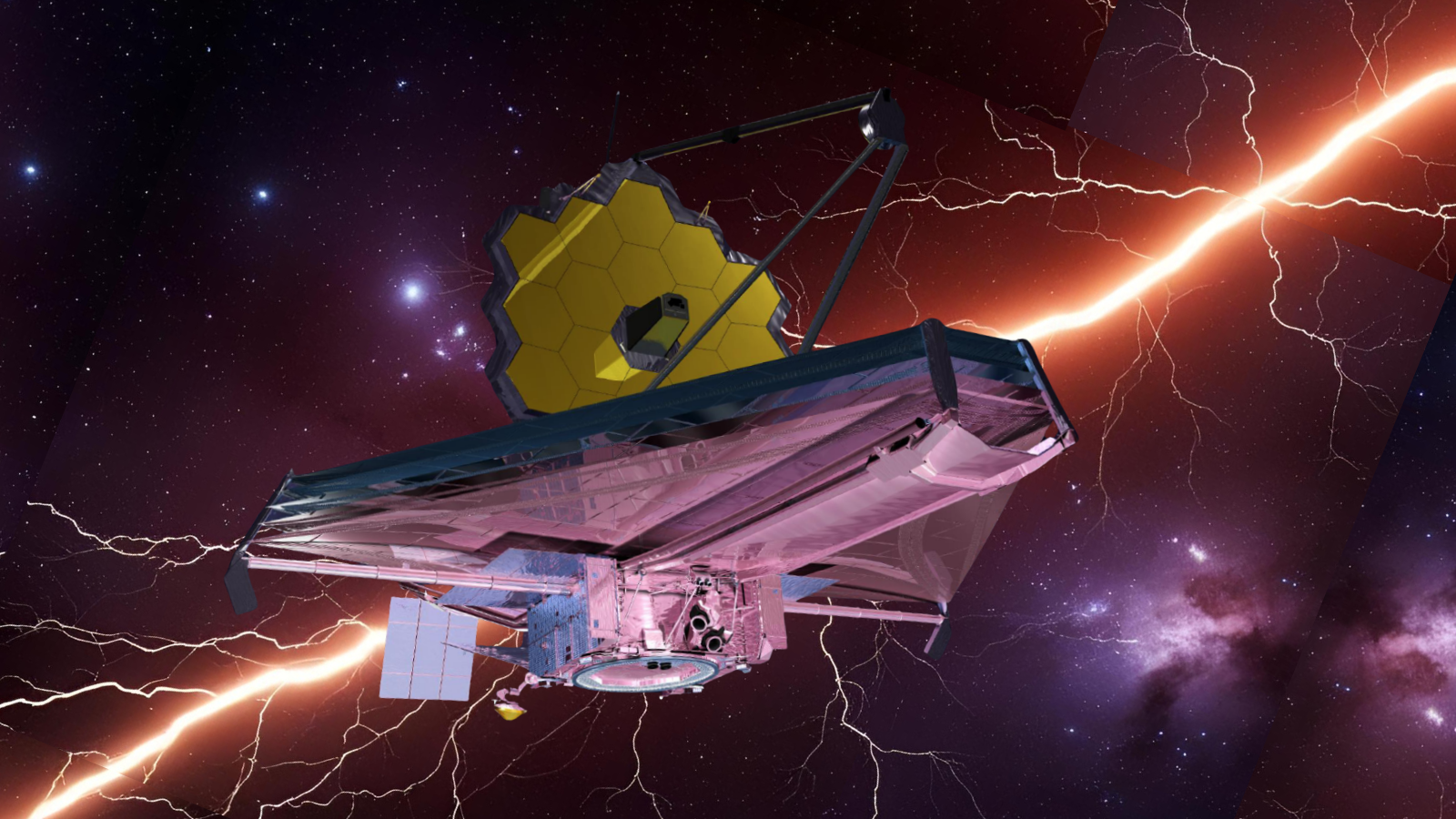New 'Little Sombrero' image is a feather in Hubble's cap
The newly released image was part of a 2006 survey to learn more about stellar populations in the galaxy.

A newly released Hubble Space Telescope image shows the rim of a galactic "sombrero" shining in the dark.
This galaxy is nicknamed the "Little Sombrero" for its hat-like appearance; its more official name is NGC 7814 or Caldwell 43, depending on the catalog you use.
The dusty spiral takes its name after the more famous Sombrero galaxy, which is positioned a little less edge-on to us and appears brighter because it is closer.
In reality, the two galaxies (Sombrero and Little Sombrero) are nearly the same size, NASA officials wrote in a post last month.
Related: The best Hubble Space Telescope images of all time!
"Set against a speckled backdrop of more remote galaxies, the Little Sombrero features a bright central bulge, a thin disk full of dust, and a glowing halo of gas and stars that sprawls out into space," NASA officials stated.
The Little Sombrero, officials added in the May 12 update, "is roughly 40 million light-years from Earth, 80,000 light-years-wide, and billions of years old." By contrast, the Sombrero galaxy is 28 million light-years away.
Breaking space news, the latest updates on rocket launches, skywatching events and more!
The Little Sombrero image was first obtained in 2006 using visible and infrared observations by Hubble's Advanced Camera for Surveys. It's quite common for scientists to revisit older images like this as a part of long-term surveys of parts of the sky, or of celestial objects.
"The observations were taken to assist astronomers in studying the galaxy’s stellar populations, and to help shed light on the evolution of this galaxy and others like it," NASA said of the 2006 work.
Hubble itself has been running since 1990, providing more than 32 years of long-term observational change in objects ranging from gas clouds to the outer planets. It is expected to remain operational for several years yet, working in tandem soon with the NASA's next-generation James Webb Space Telescope that launched in December 2021 and that should start operations officially this July.
Follow Elizabeth Howell on Twitter @howellspace. Follow us on Twitter @Spacedotcom or Facebook.

Elizabeth Howell (she/her), Ph.D., was a staff writer in the spaceflight channel between 2022 and 2024 specializing in Canadian space news. She was contributing writer for Space.com for 10 years from 2012 to 2024. Elizabeth's reporting includes multiple exclusives with the White House, leading world coverage about a lost-and-found space tomato on the International Space Station, witnessing five human spaceflight launches on two continents, flying parabolic, working inside a spacesuit, and participating in a simulated Mars mission. Her latest book, "Why Am I Taller?" (ECW Press, 2022) is co-written with astronaut Dave Williams.
